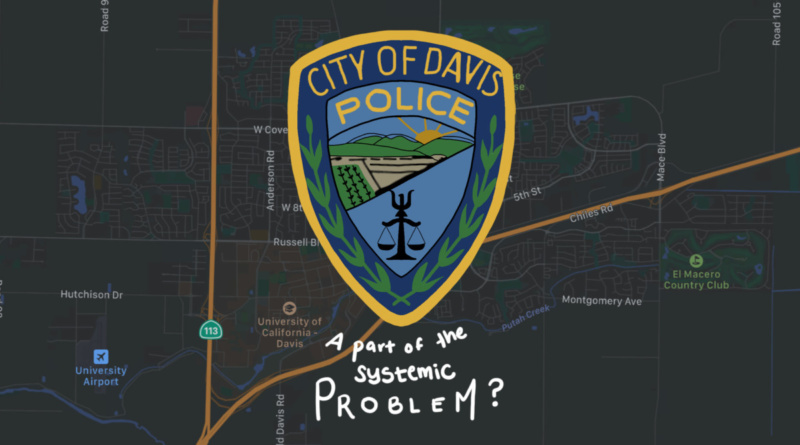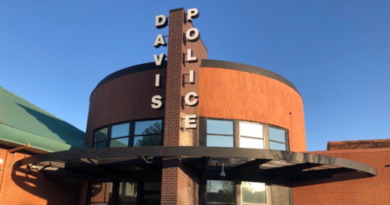A look at racial disparities in local policing
By Jihan Moon & Shira Kalish,
BlueDevilHUB.com Staff–
Over the past year, police nationwide have been scrutinized for racial disparities, and Davis is no exception.
Based on the Davis 2019 Racial & Identity Profiling Act (RIPA) data, Black people are stopped 4.5 times more than white people in Davis, while Asians and Hispanics are stopped 0.6 and 1.7 times more than white people, respectively. The racial categorization in the RIPA data is entirely based on the officer’s perception.
The search rates are similar to the stop rates with Black people being searched 4.7 times more, Asians 0.1 times more and Hispanics 1.5 times more than white people. However, according to the same study, all of the racial groups are similarly likely to have contraband on them when searched.
The same trend can be observed in the Davis Police Department’s data for the arrests of Davis residents.
56 percent of arrests in Davis are of white people, which corresponds to the 55.7 percent of the Davis population that is white. Black people make up 12.8 percent of total arrests, while black people make up 2.3 percent of the Davis population; Hispanics are similarly overrepresented in the arrest data with 21.6 percent of arrests and 13.9 percent of the Davis population. However, Asians are underrepresented with 4.6 percent of arrests and 22.2 percent of the Davis population.
According to Paul Doroshov, the Davis Deputy Police Chief, the Black Lives Matter protests of 2020 did not change how the police department handles the issue.
“I think the Black Lives Matter protests heightened the sensitivity and the awareness of the problem, but there were a lot of programs already underway from previous incidents that had already spread across the country,” Doroshov said.
These programs include various types of diversity training for police officers. According to Doroshov, they have implicit bias training, which teaches “how to recognize [biases] and how to handle that as far as making decisions.” They also have training on profiling, which “[makes] sure officers are properly deciding who to stop and why.”
When the police department receives criticism from the community, they handle it differently based on the situation. In some cases, they thoroughly investigate it for officer misconduct. In other cases, he said they may have a “communication breakdown,” and these cases are fully investigated or handled through mediation.
“Any complaint that someone brings in is taken on its own merit. It depends what the reasons are behind the complaint,” Doroshov said.
Doroshov aims for more discussions about racial disparities and inequity.
“A lot of it is really going to be incumbent upon having discussions between the police department and the community as a whole, which can raise understanding and bridge those lines,” Doroshov said.


